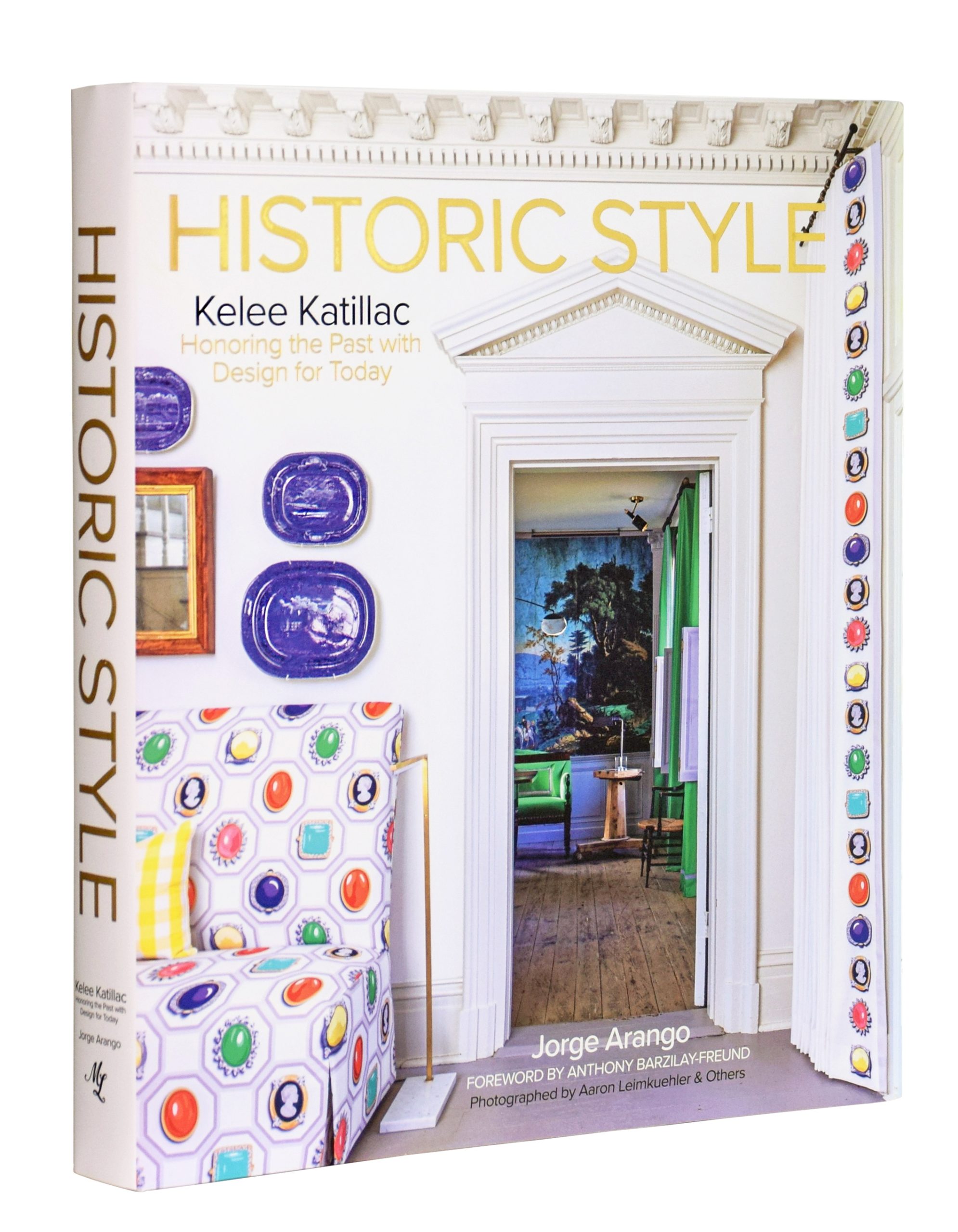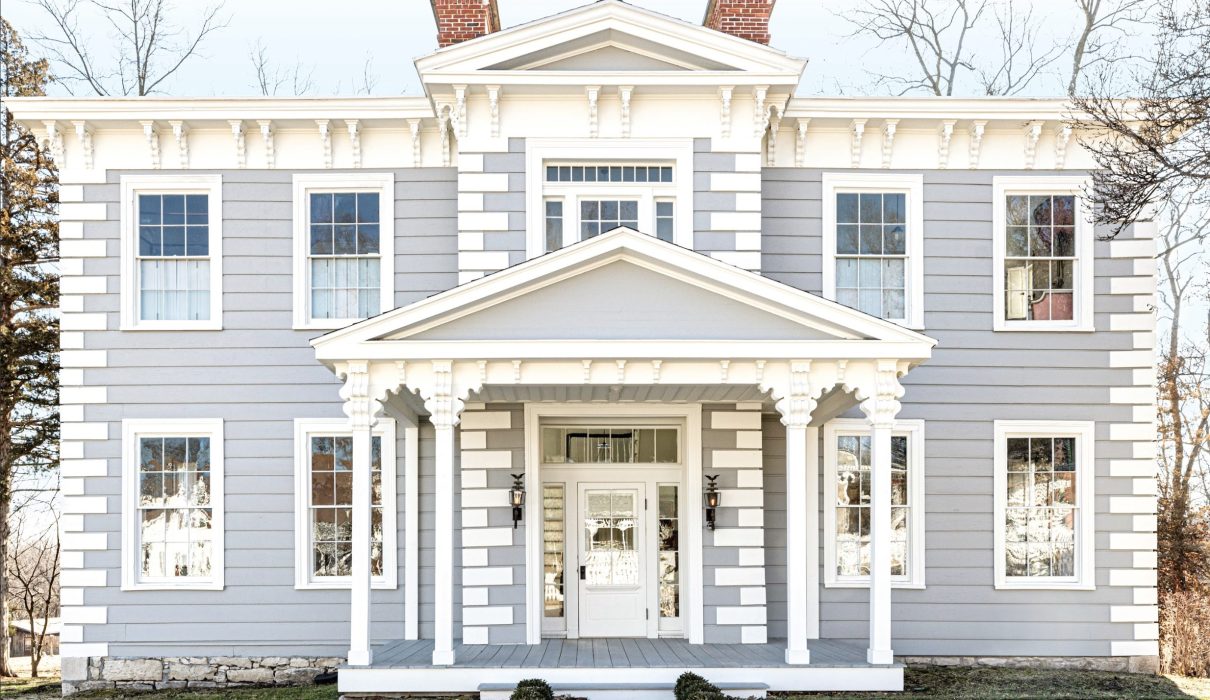Photos by Karen Swope and Aaron Leimkuehler

It is one thing to save a home. It is another to honor a historic home’s interior while working with the oftentimes crumbling structure — while also working with a client’s vision of what the home could be, and Katillac’s own. But, balancing these elements is where she excels.
With the help of Missouri’s Historic Tax Credit Program, which incentivizes owners and designers to redevelop “commercial and residential historic buildings in Missouri,” according to the Missouri Department of Economic Development website, Katillac works with clients to rehabilitate these buildings of history, with a splash of the contemporary mixed in. Her inspiring work with these buildings became her book, Historic Style, a gorgeous walk through of homes she has revitalized and her process of design.
Described as her “magnum opus” by the book’s writer Jorge Arango, Historic Style is prodigious at 11” x 12.75” and weighing 7 pounds. Yet, Katillac sees it as more than your typical coffee table book. “We wanted an immersive, holographic or 360-degree look at how you can save and respect a historic structure from acquisition to completion,” Katillac says.
With over 240 images by world-leading photographers, the book begins at the Henry Blosser House, a seven-year project for Katillac and one where her style is on full display. “This is not a dry textbook or scholarly rehash of regulations,” she says. “My process is more like Lin Manuel Miranda for Hamilton or Shonda Rhimes’ Bridgerton. Some imagination is deployed to help us open the door of history and the lessons we can take and translate into our modern world.”

This trip’s influence came full circle when she worked on Aderton House in Arrow Rock, Missouri. Featured as a project in the book, the house, coincidentally, sits close to the start of the Santa Fe Trail.
“Over the past five decades, the stones and colors of my Santa Fe Trail childhood have guided every decorative opportunity I have facilitated in my clients’ homes,” Katillac says. “Color meditation in which I channel light to inform design and well- being has become a ritual, incantation and miracle maker.”
Viewing and taking in the extravagance of Historic Style means hopping into a historic metaverse where the best of pop culture merges with the past. In addition to the photos, you can read about each room and distinct areas of the property, such as the barn and stables, where individuals lived their lives and where Katillac’s stylistic instincts and decisions came to fruition.
The ingenuity of the book came from influences like Vanity Fair, Andy Warhol’s Interview magazine, among other pieces of work and fashions. Additionally, the book includes playlists and “Design Diary” entries that give readers a depiction of her musical headspace, struggle and dedication surrounding the Blosser and Aderton Houses and their histories.
“The palette has become bold — like a CPR effort, a 911 emergency call — to rescue built monuments with cracking plaster and wood beams, and the human historic records they keep for a new millennium,” Katillac says. “Whether it is wallpaper, steel or glass, let our building and design materials represent kindness to the planet and to each other.”
Though perhaps coincidental, it’s no surprise that visiting Mount Vernon and Santa Fe in her youth set off a journey of color and saving history, as Katillac, at her core, is a historian. She works to save, as she says, this house we call home — America.
“In Historic Style, we see a mix of history and style that honors the past by making it our very own,” she says. “We can use the archetypes and tropes that serve us now and disregard those that were a symptom of another time in our collective evolution.”
Similar to how Katillac’s imagination extends throughout her projects, so too extends the number of buildings and houses that can be saved by a glimpse of creativity and devotion. Readers will take her enthusiastic nature and connecting threads of Historic Style and see the palette of history continuing around them.


